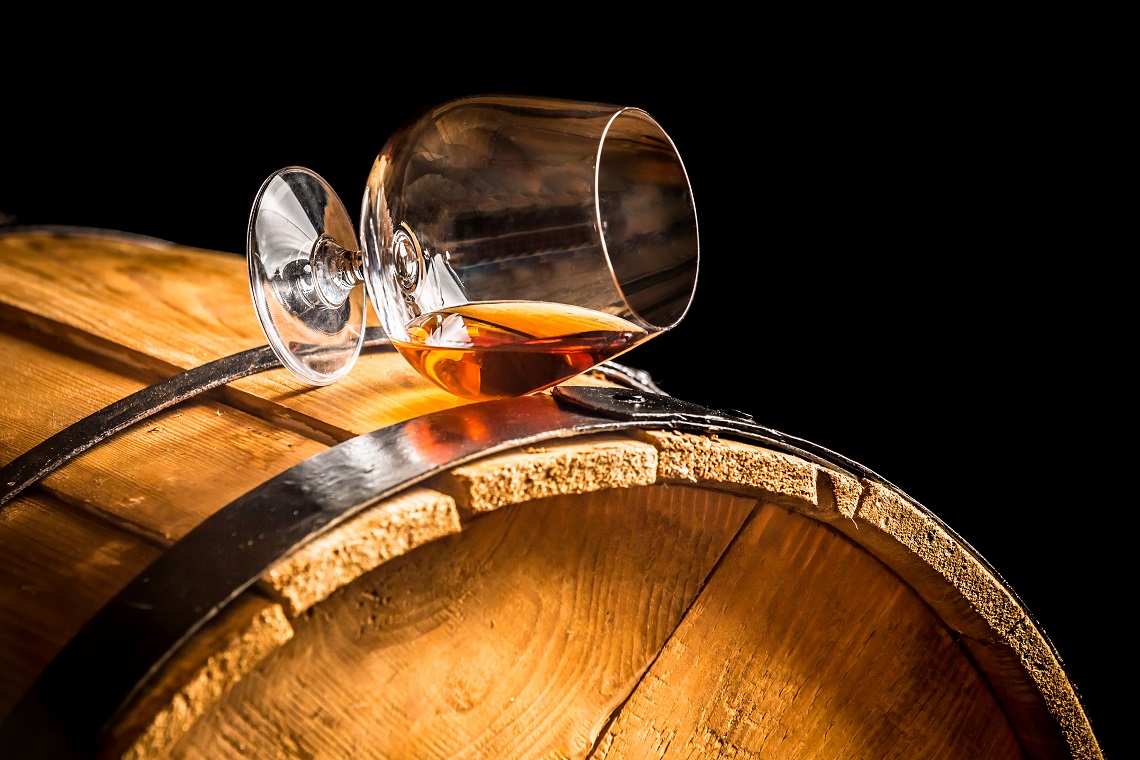Exports of Cognac saw a third consecutive year of growth in 2017 to reach the highest-ever levels in terms of both value and volume.
The volume of exports increased by more than 10 per cent, while the value was up by 14 per cent with nearly 197.4 million bottles shipped in 2017 for a turnover of 3.15bn euros.
Oceania, which incorporates Australia and New Zealand, saw above average growth for the year with the volume of exports growing by 13.2 per cent and the value increasing by 17.3 per cent.
While Australia remains a relatively small market for Cognac the overall strong growth was driven by the growth seen in the North American Free Trade Zone (NAFTA), which was formed by the United States, Canada and Mexico in 1994.
Each of the Cognac categories of VS, VSOP and older categories all saw growth, which combined with the NAFTA growth was recognised by the President of the Bureau National Interprofessional du Cognac (BNIC), Patrick Raguenaud.
“The great momentum we are experiencing today across all three categories can be explained by good results for cognac in all of its markets, with varied consumption patterns,” he said.
“The historic presence and ongoing investment of our brands in the United States make the strong performance of Cognac exports to this market possible.”
As many Australian producers are also realising the BNIC has also said that China is a key area for growth, and although the country’s tightening of rules around gifting and austerity has presented some challenges to Cognac, there was volume and value growth in 2017.
Raguenaud added: “This trend towards strong recovery illustrates the lasting appetite of the Chinese for Cognac, even in this period of market normalisation.”
Cognac has also recently changed its classification rules and the BNIC has revealed that harsh frosts and reduced yields in 2017 could impact on production. Although BNIC Vice President Christophe Forget the region’s climate reserve tool, which was established in 2008, should help to limit the impact of the lower yield.
“By creating a climatic reserve in years where there is the opportunity, the winegrower can compensate for a crop deficit. This tool provides an additional guarantee for the sector. It allows us, to a certain extent, to guard against the risks of climate related hazards that we have seen increase in recent years,” Forget said.

